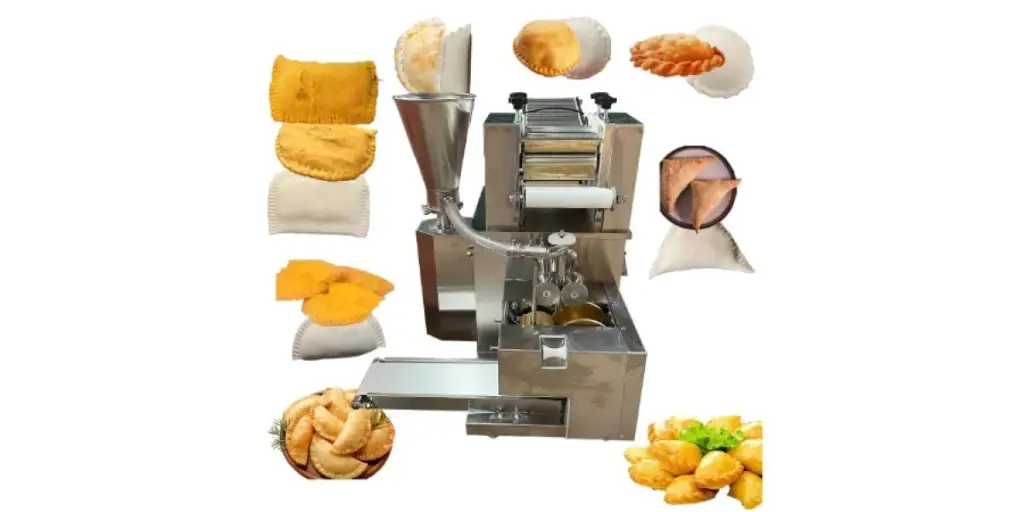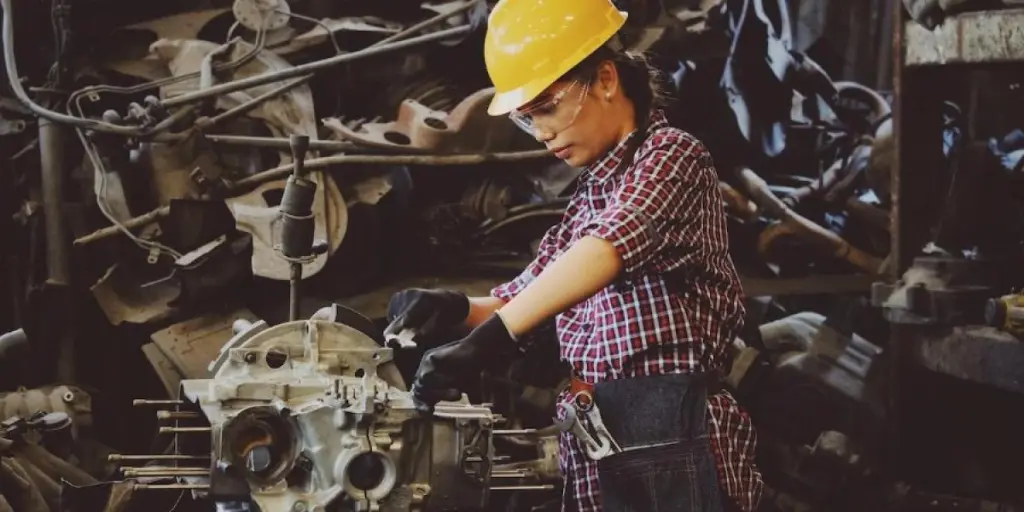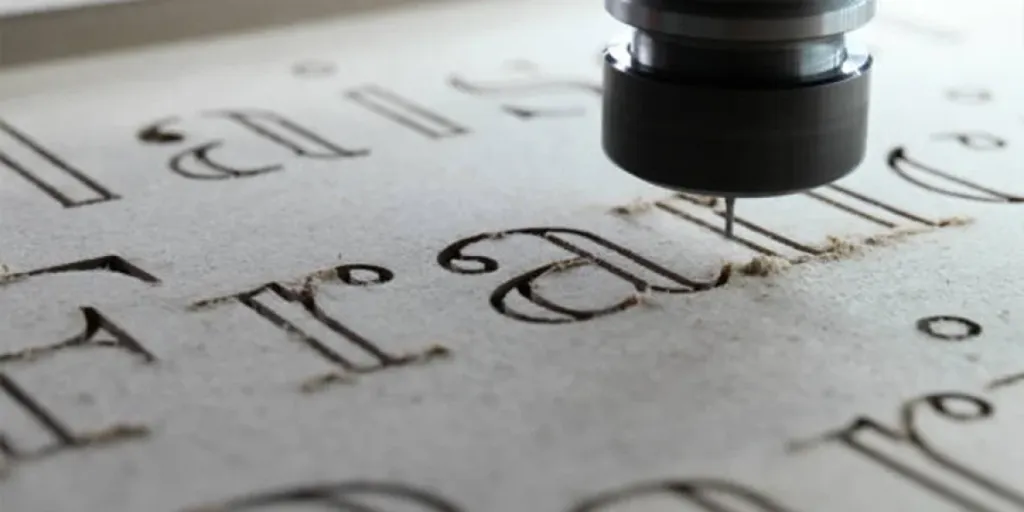Which metal cutting machine is the right one for you? A plasma cutting machine or a flame cutting machine? As always, it depends on what you wish to use it for. Let’s have a closer look at these two systems.
Table of Contents
How does a plasma cutter work?
How does a flame cutting torch work?
Plasma Cutting Machine Vs Flame Cutting Machine
Differences between a plasma cutting machine and a flame cutting machine
Compared to a plasma cutting machine, a flame cutting machine, or an oxyfuel cutting torch, is the practical choice for mild steel over 1 inch thick, whereas a plasma torch is more suitable for thinner ferrous, or non-ferrous, materials.
To start, let’s have a look at how the two types of cutting machines work.
How does a plasma cutter work?
Plasma cutters send a pressurized gas, normally compressed air, nitrogen, or oxygen, through a small channel, through which an electric arc is passed. This turns the gas into a plasma jet that can rapidly cut through metal at an incredibly high speed.
The high-speed plasma jet can travel at speeds of up to 20,000 feet per second, which instantaneously melts the metal at around 30,000-40,000 °F and blows the molten metal away. That’s a pretty insane temperature.
Essentially, plasma cutting just melts the material in a controlled way.
Additionally, a curtain of gas shields the cutting area and improves the cut quality, helping to make the cut straighter and very accurate.
How does a flame cutting torch work?
If you think that a flame cutting torch simply melts the material away, that’s only half the answer.
A flame cutting torch works by heating the material to its ignition temperature and adding a blast of oxygen to the flame which oxidizes the steel and turns it into slag. Essentially, it’s a chemical reaction between the oxygen and steel. The heat just makes this reaction happen really quickly.
Think of it almost as super-fast, controlled rusting.
The flame heats steel to about 1800 °F, and the pressurized oxygen both oxidizes and blasts away the material. This method is great for cutting sheet steel and the operator can easily cut fancy shapes.
So essentially, the thickness of mild steel you can cut is equal to the amount you can heat and blast with a stream of pressurized oxygen. With larger units, this can be pretty deep, and you can cut steel well over a foot thick! It just takes a while.
Plasma Cutting Machine Vs Flame Cutting Machine
| Plasma Cutting Machine | Flame Cutting Machine |
| Cuts steel, iron, stainless, aluminum, brass, or anything that can conduct electricity | Able to cut mild steel and iron, but does a hack job on other thin materials |
| Rarely able to cut through more than 2-inch thick steel, but ideal for ¾ inch and under | Can cut extremely thick metal – often over 12 inches thick – depending on the size of the nozzle |
| Narrow kerf | Wider kerf |
| More expensive to buy | Cheaper to buy |
| Cleaner cut, often only a wire brush is needed to dress the edges | Rougher cut, needs more cleanup, probably with a grinder |
| Super-fast cutting | Slower cutting |
| The thickness of the material that can be cut is determined by the size of the machine. | The nozzle can be changed for different thicknesses of material |
Differences between a plasma cutting machine and a flame cutting machine
Applications
Plasma cutting really shines in this one, since the plasma is just electrified gas, a plasma cutter will basically cut any material that conducts electricity. Aluminum, steel, stainless, brass, copper, you name it, plasma makes quick work of it.
For flame cutting torches, the answer is a little more complicated. They’re intended for mild steel, but you can cut other materials too, it just won’t be pretty.
If you’ve played around with one yourself, you’ll know that you actually can cut through thinner aluminum and stainless steel, as well as some other materials, but the cuts will be ugly and messy. Here’s why:
The process is designed to oxidize the metal. Stainless and aluminum don’t oxidize much so instead of turning the metal into slag, you’re just melting a gap in the material, and the force of the flame just pushes out the piece. You can’t cut these materials when they’re thick, especially for sheet metal.
So, the official answer is that you can cut through some other materials if they’re thin, but it’s not going to be a pretty job. Also, the surrounding metal will be affected by the heat, so you’ll probably get some crazy warping (like with stainless) or a massive heat-affected zone (like with alloy steel). Cutting torches are just recommended for mild steel.
Thickness
Oxyfuel torches eat thick steel for breakfast. If you’re trying to get through a 4-inch-thick steel axle, then a cutting torch is the tool for you.
The really heavy-duty ones can cut through as much as four feet of solid steel. In reality, it’s pretty unlikely that you’ll encounter this regularly, but you never know, right? The thing to remember is that you can slice through an engine block, as long as it’s made of iron and not aluminum.
For most units, though, you can expect to cut through a maximum thickness of one foot if you have a large torch nozzle. The smaller the nozzle, the thinner the kerf, and the thinner the material you can cut.
Plasma torches can’t cut nearly as thick material. The really heavy-duty ones can cut around 2-3 inches thick, but it’s unlikely that you’ll get your hands on one of those. The standard industrial ones cut more so around 1.5-inch thick material, and hobby machines tend to max out at about 1 inch.
Speed
Again, plasma excels. Since it’s working with such insane heat, it’s a really fast cutter. A cutting torch isn’t in the same league as a plasma cutting machine.
Portability
The flame-cutting machine is definitely the most portable in terms of being able to strap it down in your truck and slice up a tractor in the middle of the field. You can take it anywhere that you can carry it.
The plasma cutter is (generally) a smaller unit, so it’s easy to carry, but you need to be able to plug it in. The smaller hobby units usually weigh around 20-30 pounds. If you’re working in shops, it’s not a problem, but if you’re working on a farm, it can be annoying if there are no plug sockets nearby.
Consumables
Both systems have consumables – the tips will wear out and there will be small replacement parts. This isn’t a major expense, though.
This is one area where plasma wins, though: for oxyfuel, you need to refill your gas bottles, but for plasma, you generally only need compressed air.
Plasma does use a fair bit of electricity though.
Options
Flame torches are pretty straightforward, just pick out the right size nozzle for the job. The only other thing worth making sure of is that you have flashback arrestors installed so it’s safe and nothing goes boom.
There are a few terms worth knowing when you’re looking at buying a plasma torch. Here’s an overview and an explanation of what they mean.
Versatility
This is a loaded question – both systems can do stuff that the other can’t do.
With oxy-acetylene, different torches (welding, cutting, or rosebud) let you weld, heat, hardface, cut, solder, braze, blend, and gouge. For cutting, you’re mainly limited to mild steel, but you can weld most metals with it.
For plasma, you can easily find small 3-in-1 units that will let you cut, TIG, and arc weld. Aside from that, though, a plasma cutter is better for cutting.
Pilot Arc
This is basically a short wire that keeps the plasma running when it’s not close to the workpiece.
It’s practical for applications like working with expanded metal or mesh. It keeps the machine running consistently for interrupted cutting.
If you’re just wanting to get some work in the garage done, you won’t need this, and you won’t see much benefit if you’re only cutting sheet metal or slicing apart a car. If you’re doing a lot of mesh-type work, though, it does speed up the process.
High-Frequency
This refers to the high-frequency starting of the plasma torch, and it’s similar with a welder. Basically, a high-frequency electric current starts the pilot arc by triggering a high-frequency circuit through the torch when you press the trigger.
This makes the piercing point smaller, cleaner, and easier, and it’s handy for thicker materials.
Generally speaking, you don’t need this for hobby machines that are used for thin sheet metal. If anything, a good practice is to pierce the material slightly off the line where you want to cut, then sweep the plasma onto the cutting line.
Which metal cutting system should you get?
Here’s when you should get a flame cutting torch:
1. You’re working with mild steel.
2. You work with heavy equipment.
3. You want to cut heavy-duty axles and big chunks of steel.
4. You like to have at least one of every type of tool.
5. If versatility is important because you want to not only cut but weld and heat metal.
6. You don’t always need to cut sheet metal and plates quickly, but you want to have it as an option.
7. You’d like something that you can take out to the middle of a field to work with no electricity plugs needed.
Here’s when you should get a plasma cutter:
1. You want to slice a truck frame into pieces.
2. You’re interested in fabrication.
3. You like to have at least one of every tool.
4. You want to be able to cut sheet metal and plates quickly and neatly.
5. You’re an artist and make sheet metal sculptures or complex shapes.
6. You’re working with a wide variety of materials.
7. Your main focus is on cutting, and versatility isn’t that important.
8. Mobility isn’t an issue as you’ll mainly be working in shops.
Source from Stylecnc
Disclaimer: The information set forth above is provided by Stylecnc independently of Alibaba.com. Alibaba.com makes no representation and warranties as to the quality and reliability of the seller and products.




